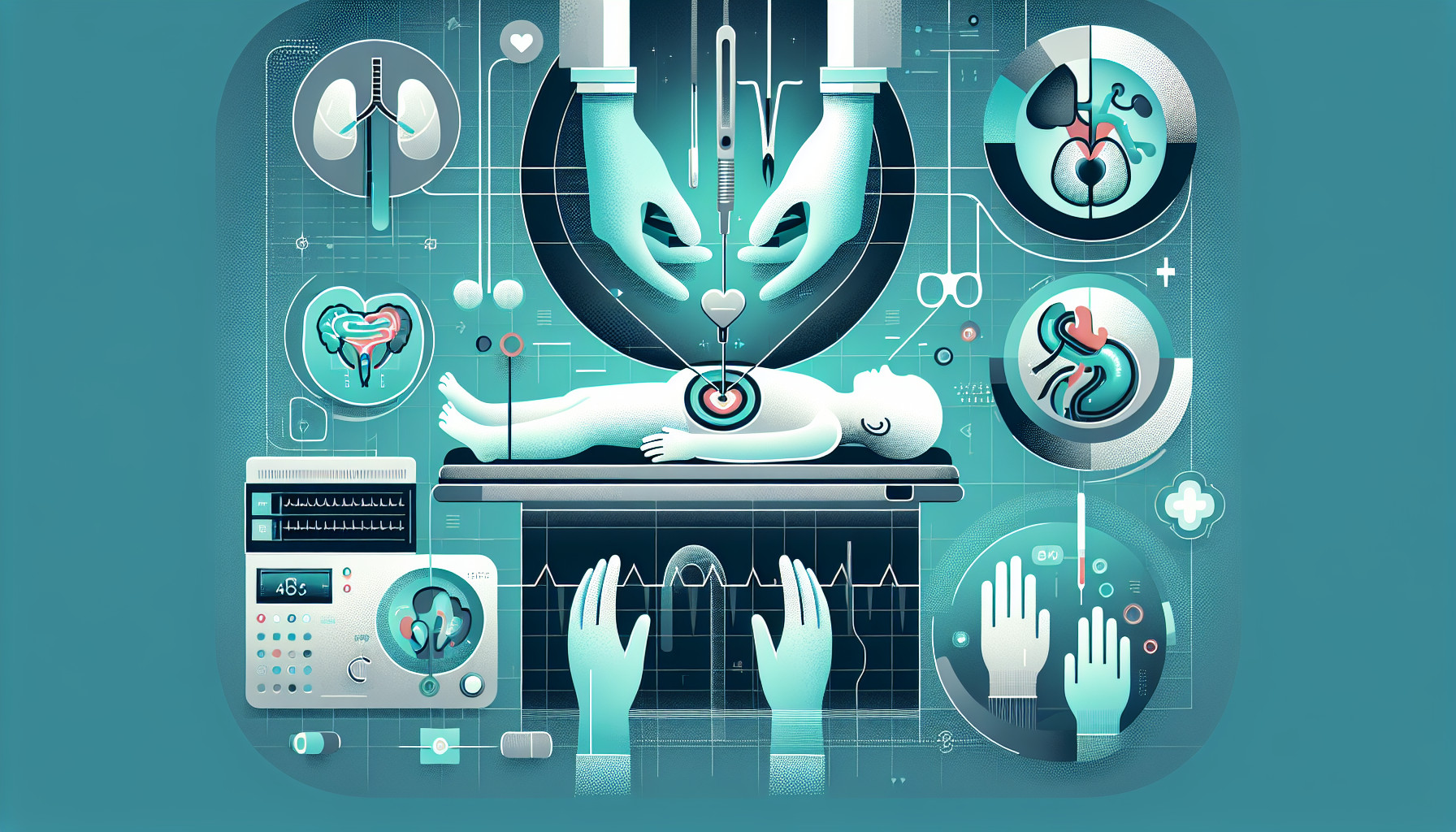Our Summary
This research paper examines the effectiveness of a particular type of surgery, known as a modified Marcy repair, in treating children with inguinal hernias (a type of hernia in the groin area). The study looked at the medical records of 6826 children who had this surgery between 1991 and 2015 at a hospital in Croatia. The results showed that the majority of surgeries were successful, with less than 1% of patients experiencing a recurrence of their hernia. The surgery was also found to be safe, with a low rate of complications. The study concluded that the modified Marcy repair is a good option for treating children with inguinal hernias.
FAQs
- What is a modified Marcy repair and how is it used in treating inguinal hernias in children?
- What were the main findings of the research study on the effectiveness of the modified Marcy repair surgery?
- What is the rate of recurrence and complications after the modified Marcy repair surgery?
Doctor’s Tip
A doctor might tell a patient that pediatric hernia repair using the modified Marcy repair technique has been shown to be effective and safe in treating children with inguinal hernias. They may also advise the patient to follow post-operative care instructions carefully to ensure a successful recovery.
Suitable For
Pediatric hernia repair is typically recommended for children who have been diagnosed with inguinal hernias. Inguinal hernias are the most common type of hernia in children, and they occur when a portion of the intestine or other abdominal tissue protrudes through a weak spot in the abdominal wall, usually in the groin area.
Children with inguinal hernias may experience symptoms such as a visible bulge in the groin area, pain or discomfort, and vomiting. In some cases, the hernia may become trapped or incarcerated, which can cut off blood supply to the protruding tissue and cause serious complications.
Surgery is usually recommended to repair inguinal hernias in children to prevent complications and alleviate symptoms. The modified Marcy repair, as discussed in the research paper, is a common surgical technique used to repair inguinal hernias in children. This procedure involves making a small incision in the groin area, pushing the protruding tissue back into place, and strengthening the abdominal wall with stitches or a mesh patch.
Overall, pediatric hernia repair is recommended for children with inguinal hernias to prevent complications, alleviate symptoms, and improve quality of life. It is important for parents and caregivers to consult with a pediatric surgeon to determine the best treatment option for their child.
Timeline
Before pediatric hernia repair:
- The patient may experience symptoms such as a bulge in the groin area, pain or discomfort, and in some cases, vomiting or difficulty passing stool.
- The patient is typically examined by a pediatrician or surgeon who may order imaging tests such as an ultrasound to confirm the diagnosis of a hernia.
- The patient and their family will meet with the surgeon to discuss the surgery, the risks and benefits, and what to expect during the procedure.
After pediatric hernia repair:
- The patient will be monitored closely in the recovery room for any immediate post-operative complications.
- The patient may experience some pain or discomfort following the surgery, which can be managed with pain medications.
- The patient will be advised to avoid strenuous activities for a period of time to allow for proper healing of the surgical site.
- Follow-up appointments will be scheduled to monitor the patient’s progress and ensure that the hernia has been successfully repaired.
- In the majority of cases, the patient will have a successful outcome with no recurrence of the hernia.
What to Ask Your Doctor
- What are the potential risks and complications associated with pediatric hernia repair surgery?
- What is the success rate of the modified Marcy repair surgery in treating pediatric inguinal hernias?
- What is the recovery process like for a child undergoing hernia repair surgery?
- Are there any specific post-operative care instructions or restrictions that my child will need to follow?
- How long will it take for my child to fully recover and return to normal activities after hernia repair surgery?
- Are there any long-term effects or considerations to be aware of after pediatric hernia repair surgery?
- Will my child need any follow-up appointments or tests after the surgery?
- What are the alternative treatment options for pediatric hernias, and how do they compare to the modified Marcy repair surgery?
- Are there any lifestyle changes or precautions that my child should take to prevent a recurrence of the hernia after surgery?
- How experienced is the surgical team in performing pediatric hernia repair surgeries, and what is their success rate with this procedure?
Reference
Authors: Pogorelić Z, Rikalo M, Jukić M, Katić J, Jurić I, Furlan D, Budimir D, Biočić M. Journal: Surg Today. 2017 Jan;47(1):108-113. doi: 10.1007/s00595-016-1352-2. Epub 2016 May 11. PMID: 27170378
